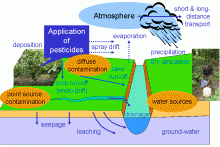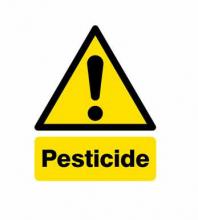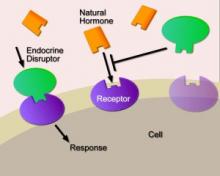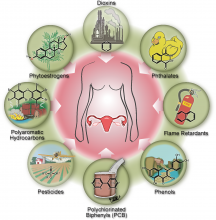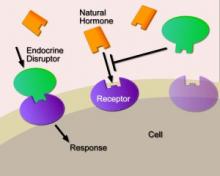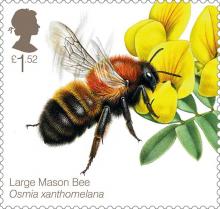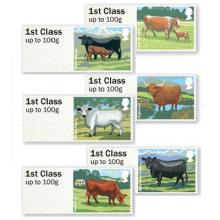Pesticides can travel great distances
- Read more about Pesticides can travel great distances
- Log in to post comments
Everyone knows not to eat yellow snow. But what about the seemingly harmless, white fluffy stuff? According to research by Claudia Sheedy of the Lethbridge Research Centre, and others, snow is full of pesticides. Sheedy, a research scientist with Agriculture and Agri-Food Canada, was one of several experts who shared their findings from a variety of studies, including the investigation of pesticides in the snowpack. Sheedy said scientists have been studying and finding pesticides in surface water since about 2006, including pesticides that aren’t even used in Canada.

